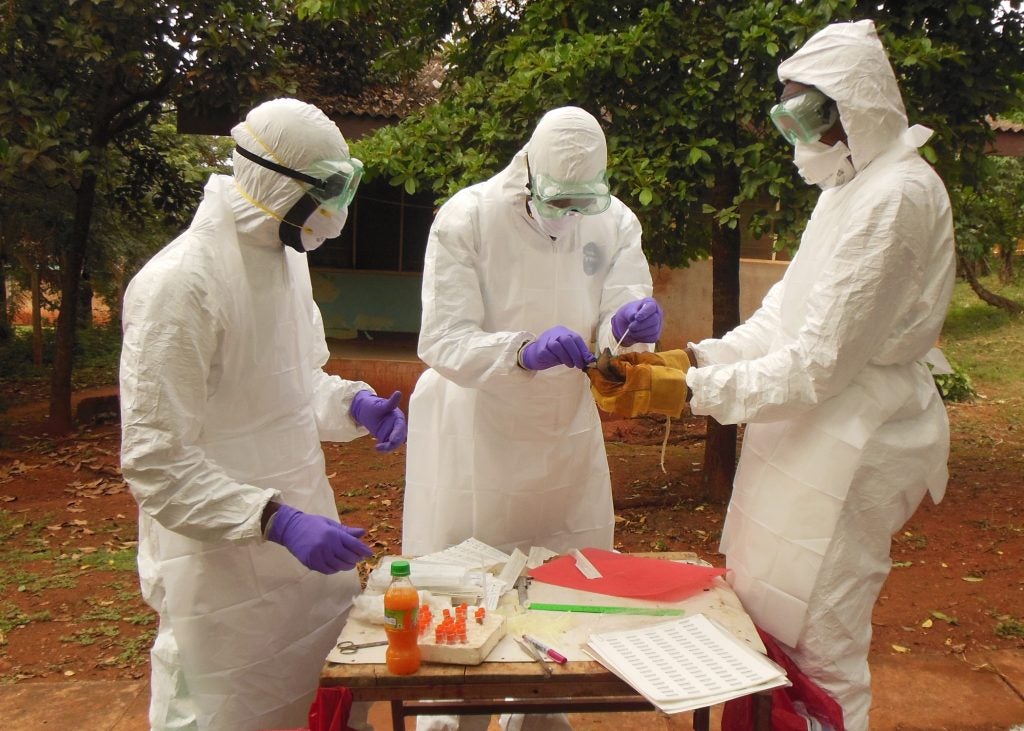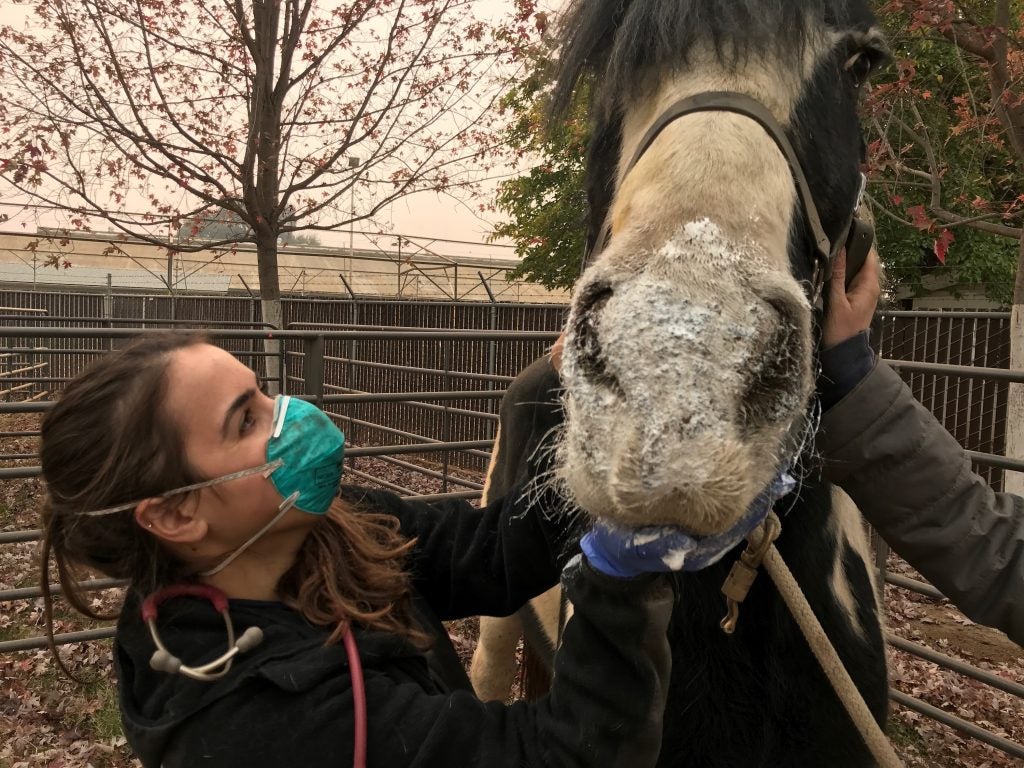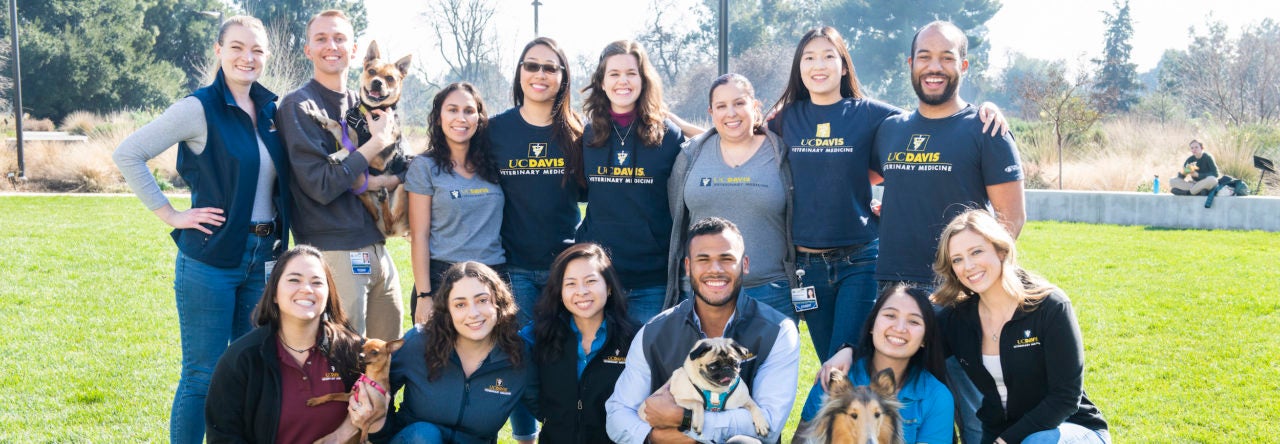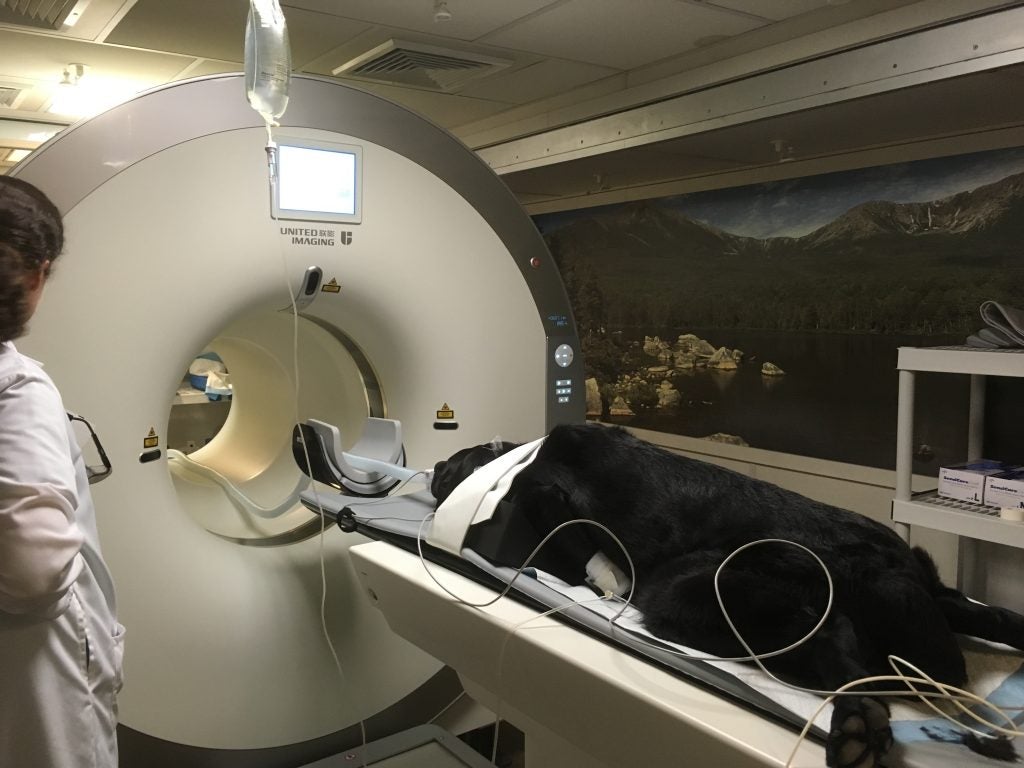“Synergy is what happens when one plus one equals ten or a hundred or even a thousand! It’s the profound result when two or more respectful human beings determine to go beyond their preconceived ideas to meet a great challenge.” —Stephen Covey
When the U.S. Senate declared January “One Health Awareness Month,” they may not have had the current coronavirus epidemic or Australia’s wildfires on their minds. However, these crises provide dramatic illustration of the need for a more comprehensive One Health approach to solving our complex environmental and health problems. One Health Awareness Month has passed, but it’s important to keep advocating year-round for the One Health approach.
One Health recognizes the interconnections between people, animals and their shared environment, and uses collaborative approaches to achieve optimal health outcomes that benefit them all. Traditionally, our society has worked in silos to try to solve individual issues; with a One Health approach, shared goals and knowledge are central to addressing big picture problems.
 At the UC Davis School of Veterinary Medicine, we’ve seen important results from One Health approaches that would not have been achieved otherwise. Our One Health Institute has been working with the United States Agency for International Development to understand what leads to human pandemics. Pandemic diseases tend to be zoonotic in nature, so having veterinarians, public health workers, physicians, and scientists working collaboratively has yielded important results like finding the Marburg virus and a novel ebolavirus in new locations. By identifying these potential pandemic threats in animal populations, we are helping to prevent them from jumping to humans.
At the UC Davis School of Veterinary Medicine, we’ve seen important results from One Health approaches that would not have been achieved otherwise. Our One Health Institute has been working with the United States Agency for International Development to understand what leads to human pandemics. Pandemic diseases tend to be zoonotic in nature, so having veterinarians, public health workers, physicians, and scientists working collaboratively has yielded important results like finding the Marburg virus and a novel ebolavirus in new locations. By identifying these potential pandemic threats in animal populations, we are helping to prevent them from jumping to humans.
The One Health approach has also been effective in developing new technologies that improve the health of both animals and humans. UC Davis has a collaborative mindset, and our biomedical engineering program partnered with the veterinary school to develop the first whole-body small-animal positron emission tomography (PET) scanner, the Mini Explorer II, and building off that success, partnered with UC Davis Health to create the first whole-body human PET scanner, the Explorer. These advances solidify the human-animal bond enriching the lives of our furry family members and their pet parents.

DVM student Ashley Nola was one of the volunteers with the Veterinary Emergency Response Team that helped treat horses and other animals in Butte Co. during the Camp Fire.
In natural disasters such as the wildfires that plague us in California, Australia, and other regions across the globe, we face some of our greatest challenges at the interface of animals, people, and the ecosystem. A One Health approach gives us a leg up in addressing them. The human, animal and environmental suffering and loss is devastating; the economic costs staggering. And though the idea of stopping them at the root may seem daunting, there are scientists, policymakers, medical and veterinary professionals and others who have solutions to different aspects of the problem. A One Health approach can help bring them together to move us toward large-scale resolution.
These are just a few of the examples of how we are helping address societal needs. The impact of our approach is helping bridge across disciplines in the healthcare community and governmental agencies like the Centers for Disease Control and Prevention. It’s time to adopt One Health approaches at scale. Please learn more and be an advocate, whether you are a policymaker, scientist, healthcare provider, or an interested citizen. Now is the best time to address our urgent concerns and help heal all of Earth’s creatures and the planet we share.


